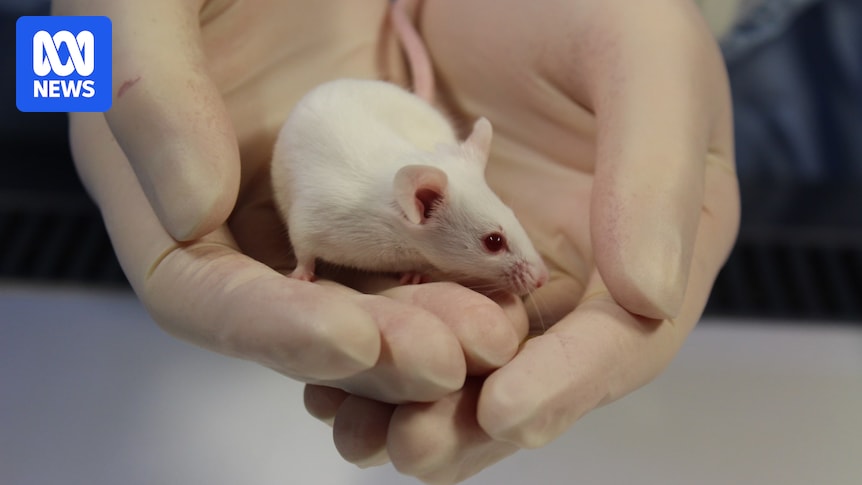
One of Australia’s premier biomedical research centers, the Garvan Institute, has raised alarms over a proposed plastics recycling plant near Sydney, which it claims could jeopardize the breeding of genetically modified mice crucial for life-saving research. The Australian BioResources (ABR) facility, known locally as the “mouse house,” breeds hundreds of colonies essential for studying cancer, heart disease, and other significant health issues.
The proposed Repoly plant, previously known as Plasrefine, is contesting the Independent Planning Commission’s (IPC) rejection of its project. Both the Wingecarribee Council and the local community have voiced strong opposition to the plant.
Legal Proceedings and Community Concerns
In a recent hearing at the Land and Environment Court, the Garvan Institute sought permission to join the ongoing legal proceedings. This step was necessary as the institute did not formally object to the development when it was initially proposed. The court has reserved its decision, with the next hearing scheduled for October in Moss Vale.
Institute’s Warnings
Lawyers representing the Garvan Institute highlighted several potential threats to the mice colonies during their submission. They argued that construction noise and vibrations could disrupt the animals’ behavior, potentially leading to fetal loss and maternal neglect. Furthermore, exposure to fire or toxic fumes could necessitate the shutdown of ventilation systems, risking mass mortality within 24 to 48 hours.
“If the risks were to materialize, they would have ‘catastrophic consequences’ for ABR’s work and ‘thwart the attainment of Garvan’s statutory responsibilities,'” the court was informed.
The institute has previously reported that nearby construction activities resulted in a 25% loss of viable embryos during delicate micro-injections, underscoring the fragility of their research environment.
Financial and Community Implications
While the Wingecarribee Council has consistently opposed the plant, it has opted not to join the legal proceedings as a formal respondent, citing potential costs of up to $500,000 and possible delays to local projects. The decision has sparked frustration among some community members in the Southern Highlands.
Local advocacy group Moss Vale Matters is spearheading a campaign against the plant, registering resident Samantha Woods as a formal respondent. Additionally, Councillor Rachel Russell has accepted pro bono legal support to join the challenge.
High-Profile Opposition
Notably, some of the region’s wealthier residents have offered financial support to bolster the council’s legal efforts. Retired barrister and property developer Theo Onisforou has proposed that locals collectively fund up to $250,000 of the estimated legal costs. He suggested that if the council would not accept the funds directly, donors could instead contribute to local cultural institutions, allowing the council to reallocate resources to the legal battle.
“If you’re on the sidelines, you’re taking a risk that the arguments against the development are not adequately and properly presented at the hearing,” Mr. Onisforou stated.
Despite these offers, Wingecarribee Council has maintained its stance against accepting financial donations or loans from developers or any parties related to development applications, including State Significant Development Applications.
Future Implications and Next Steps
In a statement, Mayor Jesse Fitzpatrick expressed his surprise at inquiries regarding accepting money from property developers. He reaffirmed the council’s position, stating, “Council is not a respondent to the proceedings. It will continue to act as a formal objector and advocate for the community’s interests in defending the Independent Planning Commission’s decision to refuse the development.”
The outcome of the legal proceedings could have significant implications for both the Garvan Institute’s research capabilities and the broader community’s environmental and economic landscape. As the next court hearing approaches, all eyes remain on the potential impacts of the proposed plastics plant and the ongoing efforts to safeguard critical scientific research.






